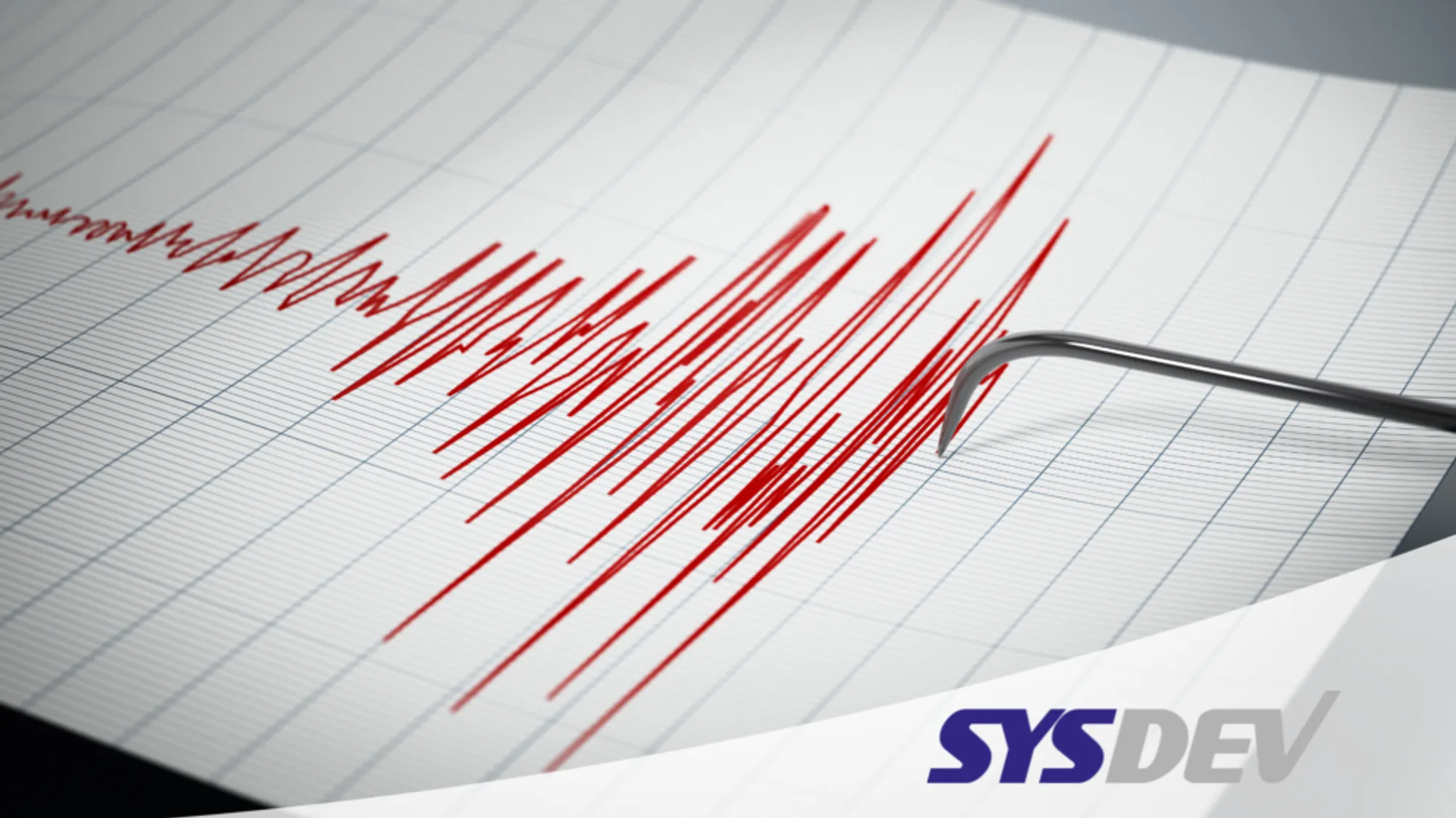Corporate Security and Natural Disasters: From "Cat Nat" Insurance to Predictive Monitoring Solutions

Corporate Security and Natural Disasters: From “Cat Nat” Insurance to Predictive Monitoring Solutions
The recent images of the earthquake in the Campi Flegrei area, in the province of Naples, have once again brought to the media spotlight the fragility of Italy’s territory and urban infrastructure system.
How to effectively address the criticalities of our territory?
This incident represents just the latest in a long series of events where extraordinary natural phenomena have highlighted critical issues in our country. From earthquakes to floods, from hydrogeological instability to river overflow, natural disasters have always affected our country periodically, but in recent decades, they have increased significantly, partly due to the exacerbated effects of the climate crisis.
This is a delicate and increasingly concerning situation that once again raises the issue of the safety and maintenance of our national infrastructure. A key theme for Sysdev’s vision and mission, which for years has been working on cutting-edge solutions for predictive infrastructure monitoring: through control systems capable of continuously assessing the health of bridges, buildings, and infrastructures, preventing potential issues and emergencies.
In light of recent events, we feel this work is even more urgent and necessary.
The Government’s Response: The Obligation to Take Out an Insurance Policy
One of the recent responses by the Italian government is the implementation of a new regulation that makes it mandatory for Italian companies to have an insurance policy against catastrophic risks.
The so-called “Cat Nat” insurance policy will apply to a wide range of companies, both with legal headquarters in Italy and foreign-based companies with stable operations in our country. The decree, which came into force on March 14, 2025, stipulates that all companies subject to the obligation must sign this policy by March 31, 2025, guaranteeing coverage against earthquakes, floods, landslides, inundations, and river overflows. Exemptions apply to agricultural businesses and those with properties that have urban planning violations.
The businesses affected by this regulation include those involved in:
- Industrial activity related to the production of goods or services
- Intermediary activities in the circulation of goods
- Transport activities (land, water, air)
- Banking and insurance activities
- Other auxiliary activities
What Does the “Cat Nat” Policy Entail in Practice?
Beyond protecting human resources, this mandatory insurance can bring several benefits to the interested parties:
- Protection of Company Assets: Ensuring the protection of business assets and activities, safeguarding working capital and investments.
- Operational Continuity: By reducing the time and costs of restoring damaged assets and enabling a quicker recovery of operations.
- Access to Public Resources: The insurance ensures that companies are not disadvantaged when applying for government contributions, subsidies, or incentives, especially in case of natural disasters.
- Proactive Risk Management: Encouraging risk analysis, preventive measures, and better emergency organization to increase business resilience.
At the same time, companies that choose not to insure against catastrophic risks within the stipulated timeframe will face both economic and legal consequences:
- Loss of Public Resources: Non-insured companies may be at a disadvantage in receiving contributions, subsidies, or state incentives in case of natural disasters.
- Loss of Company Assets: Without insurance, companies must bear the full cost of restoration after a disaster, which can lead to severe financial difficulties.
- Loss of Competitiveness: The lack of coverage could lead to disruptions or reductions in activity, resulting in the risk of losing market share, clients, and revenue.
But is this solution enough to guarantee greater security for businesses and Italian infrastructures?
From the Emergency Paradigm to Prevention
While this regulation addresses the need to offer greater protection to Italian businesses and their infrastructures by providing insurance coverage for the increasingly disastrous effects of natural disasters, the context in which it operates still falls within a cultural paradigm centered on post-disaster intervention: focusing on relief rather than prevention.
Predictive Monitoring of Infrastructures could be a crucial tool to deeply analyze infrastructure stability and signal potential structural issues that could lead to collapses caused by wear or natural disasters.
The innovative SHBox system developed by Sysdev allows, in fact, the real-time and remote analysis of all the necessary parameters to observe the health of an infrastructure (from vibrations to displacements, deformations to temperature variations), in order to signal any critical values.
Discover how to guarantee greater security for your infrastructures
Integrating a predictive monitoring strategy with adequate insurance coverage can represent a fundamental investment for your business: protecting your infrastructures from risks related to unforeseen stresses and progressive wear, thus containing repair costs in case of extreme events, but above all maximizing security and ensuring business continuity.
Want to find out how to guarantee greater security for your infrastructures? Get in touch with our team of professionals to learn more.
